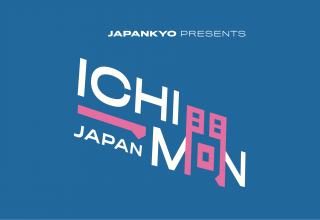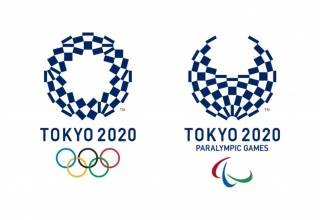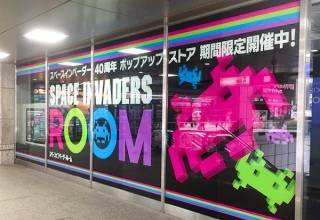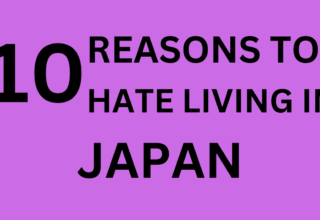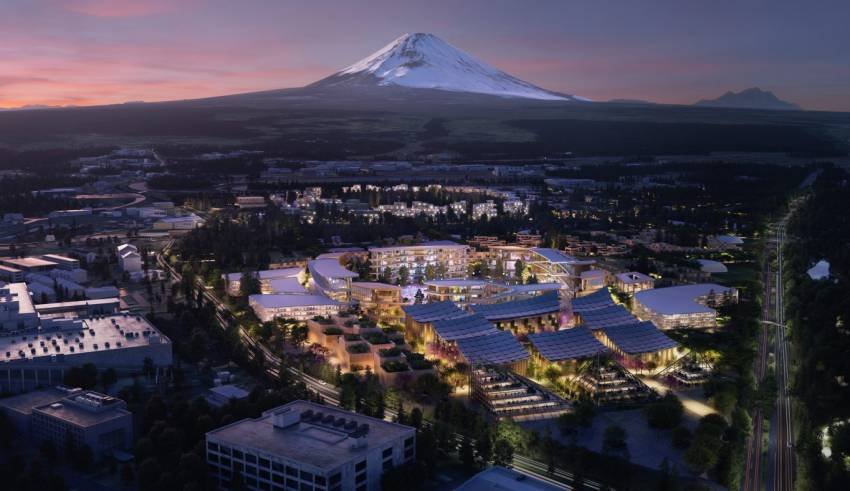
A rundown of Toyota’s Woven City project and why Toyota may succeed where Google struggled.
One of the most exciting news to come out of the Consumer Electronics Show (CES) 2020 was from the Japanese car giant Toyota Corporation, which unveiled its plans to build a “city of the future,” as a testbed to experiment with its suite of AI and robotics technologies.
Toyota Woven City is an ambitious project by Toyota Corporation in collaboration with the Danish architecture firm Bjarke Ingles Group to build a futuristic smart city at the foothills of Mount Fuji that will cover 175-acres (~708,200 m2).
The idea behind this mega project is as ambitious as the project itself; to build a “living laboratory” with around 2000 real residents that will provide a “real world” environment for testing autonomous and integrated technologies. According to the president of Toyota Motor Corporation, Akio Toyoda, the city, will provide researchers to carry out important testing of “connected AI technology.” “The Woven City will provide a unique opportunity to develop future technologies, including a digital operating system for the city’s infrastructure,” he said. Toyota hopes to use the Woven City project as a model for creating smart cities around the world.
The master plan for the city shared by Toyota Corporation at CES 2020 provided an insight into what to expect from the project. The Woven City, which will be located in the Higashi-Fuji area of Susono City in Shizuoka Prefecture, will have three different types of streets or pathways specifically designed for fast vehicles, low-speed personal mobility vehicles, and a pedestrians-only promenade respectively. This weaving of different types of streets is where the Woven City gets its name from.
Toyota plans to populate the Woven City with a mix of residents including Toyota employees and their families, retirees, industry partners, and scientists, who will live in traditional Japanese style buildings built with wood to minimize carbon footprint. The city will be powered by hydrogen fuel cells and solar panels. All residences will be smart homes with smart devices connected through an Internet-of-Things (IoT) network. Each household will also come with an autonomous robotic assistant. The city will only allow fully autonomous zero-emission vehicles on the main streets and will use Toyota’s e-Palette concept vehicles for transportation and delivery services.
Toyota’s Woven City is not the first urban prototype dwelling to be envisioned by a large corporation. The Sidewalk Labs project, introduced by Google in 2017 was the first try by the tech giant to transform a 12-acre industrial waterfront in Quayside, Toronto into a high-tech utopia. The cost for this project was estimated to be $1.3 billion with the hope that the project will create 44,000 new jobs and generate $4.3 billion in annual tax revenue. Soon after the project was announced, it faced constant resistance and criticism from both residents of Toronto and groups of people who oppose urban profiteering by tech giants. People were especially concerned about the data and privacy implications of involving technology to such extent in everyday lives.
Whether Toyota’s Woven City project will face similar opposition and criticism to Google’s high-tech city reamains to be seen. However, there are a number of factors at play for Toyota that may help turn this ambitious vision of an interconnected city into a reality. Perhaps the most significant of these factors is Japan’s dwindling population. Due to a combination of a low birthrate and a large amount of senior citizens, many industries in Japan have been experiencing labor shortages for a number of years. As a result, more and more companies are looking to innovations in automation and robotics to accomplish tasks which are currently handled by humans. Innovations in technology brought about by Toyota’s Woven City could potentially help Japan remain a global power in the coming decades. In other words, it seems likely that both support and interest in this project will remain high in Japan for the foreseeable future.
As for when the project is expected to be completed, Toyota has yet to reveal a specific date. However, they have said that they are aiming to have people move to the Woven City within five years. The project is expected to progress in phases, with groundbreaking on phase one set to take place in 2021.
Here is a promotional video of Toyota’s Woven City project.
Here is a video showing highlights of the CES announcement of Toyota’s Woven City project.
Source: Toyota Press Release
Image: Toyota Press Release



